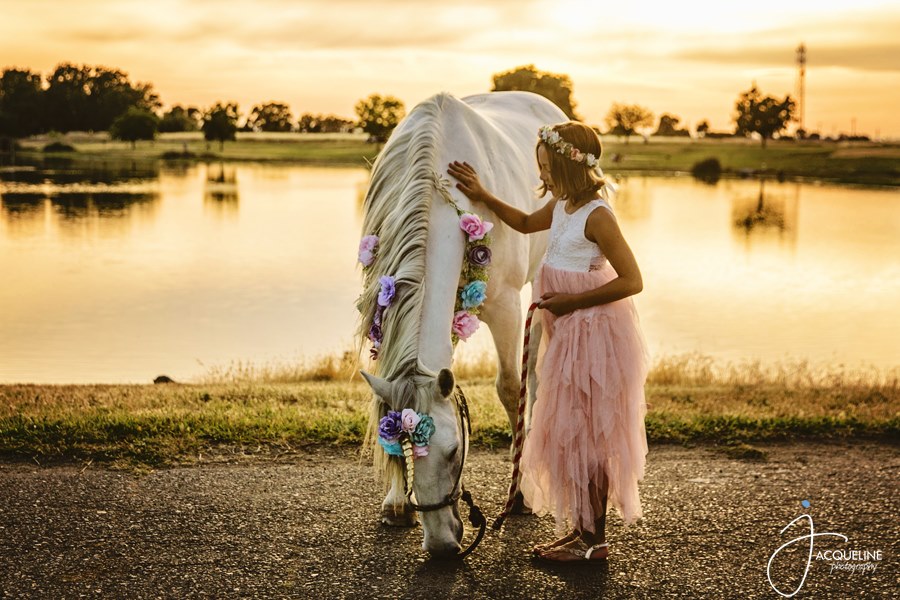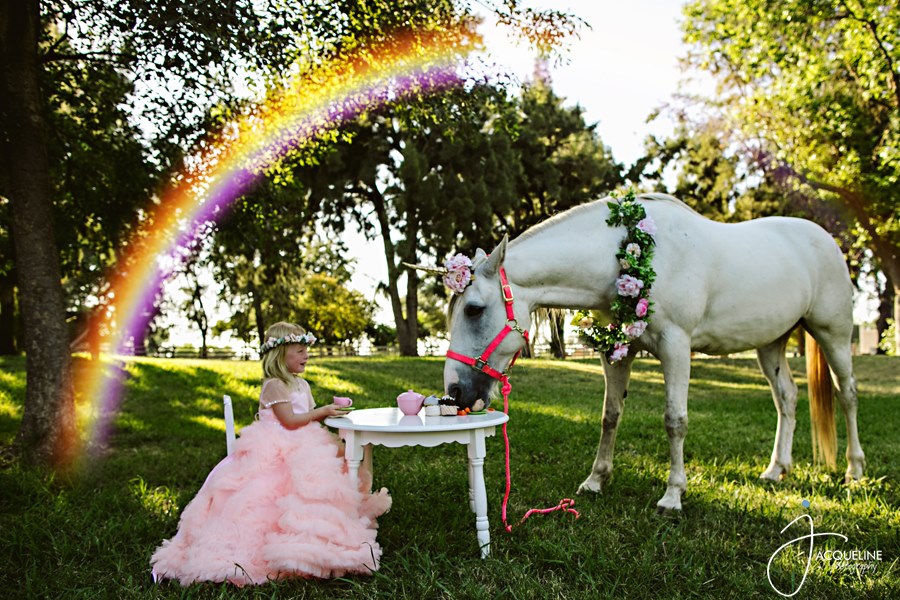What is Horse Breaking, and Why Was it Used?
Historically, training a horse was synonymous with "breaking" it—using dominance and forceful methods to ensure quick obedience. These traditional techniques focused on control through fear and pain, often sacrificing trust and emotional well-being.
Key traditional training methods included:
- Severe bits and restrictive tack
- Use of whips and spurs for compliance
- Quick-fix methods prioritizing speed over horse welfare
The Shift Toward Gentler Methods: Early Voices
Long before the term “natural horsemanship” existed, voices like Xenophon (ancient Greece), and later John Solomon Rarey in the 1800s, advocated for empathy, patience, and gentleness in horse training.
Pioneering Gentle Training: John Solomon Rarey
John Rarey demonstrated that kindness could transform even aggressive horses, proving gentleness more effective than force.
"Kindness and understanding do more for horses than punishment ever could." — John Solomon Rarey
Influential Figures Who Shaped Natural Horsemanship
Explore the stories of horsemen who revolutionized training:
The Dorrance brothers shifted horsemanship forever by emphasizing “feel” and mutual respect.
Ray Hunt introduced the world to natural horsemanship through clinics and demonstrations, changing thousands of minds worldwide.
Buck Brannaman brought gentle methods mainstream, famously inspiring Hollywood’s portrayal of the gentle, intuitive horse trainer.

How Bonding Beats Breaking: Benefits for Horses and Riders
Training through bonding rather than breaking benefits horses physically, mentally, and emotionally:
- Improved horse welfare – Reduces stress and increases comfort
- Enhanced safety – Trust-based relationships reduce fear-driven reactions
- Better performance – Horses willingly respond with enthusiasm rather than resistance

Common Mistakes to Avoid in Horse Training
Even today, it’s easy to slip into outdated habits. Watch out for these common pitfalls:
- Rushing training and skipping groundwork
- Overlooking signs of fear or stress
- Inconsistent handling or unclear signals
- Using harsh equipment unnecessarily
Practical Techniques to Bond with Your Horse
Quick, actionable techniques every horse owner can apply immediately:
- Start with groundwork exercises to establish leadership gently
- Practice approach-and-retreat methods to build trust
- Learn to read subtle horse signals like ear movements, eye expressions, and body posture
- Always reward the smallest efforts to reinforce desired behaviors

Key Takeaways: The Evolution Continues
Summarize the journey from breaking to bonding clearly and succinctly:
- Horse training has moved from harsh dominance methods to trust-based, gentle communication
- Pioneers like the Dorrances, Ray Hunt, Buck Brannaman, and Pat Parelli laid the groundwork
- Natural horsemanship creates healthier, safer, and happier horses and riders
Frequently asked questions
Here are some common questions
Breaking traditionally involved dominating the horse’s will through force, often resulting in fear-based compliance rather than trust.
Natural horsemanship fosters trust, improves communication, and results in a happier, more cooperative horse.
Tom Dorrance, Ray Hunt, and Buck Brannaman are considered key figures who brought these gentle methods into mainstream popularity.
Join the Natural Horsemanship Community
Ready to build a deeper connection with your horse?
Join our Natural Horsemanship Community, share your experiences, gain insights from other horse enthusiasts, and get access to exclusive tips and training methods.